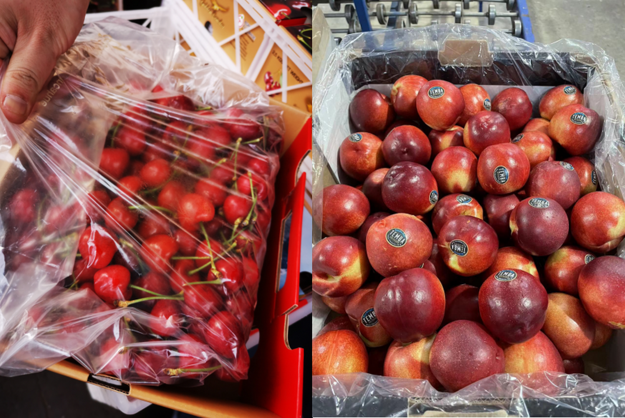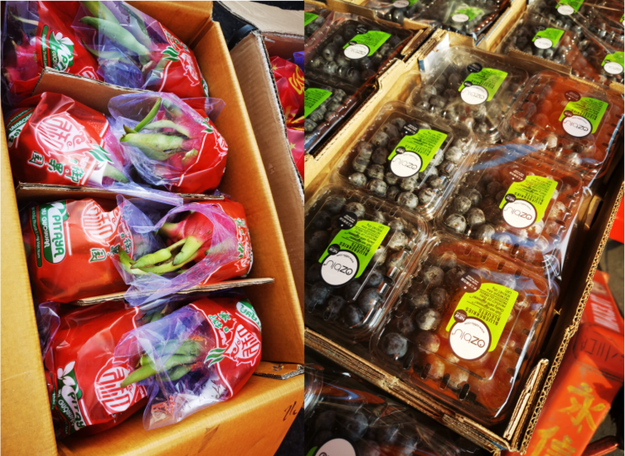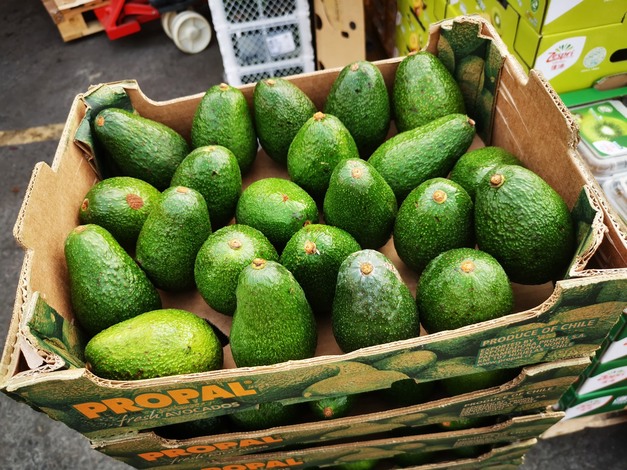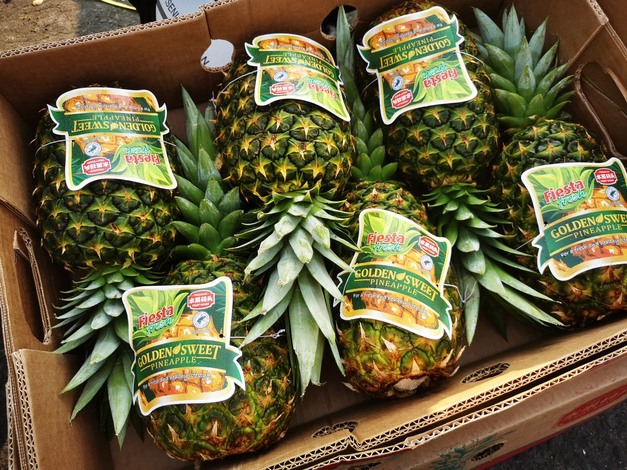Affected by rainfall in the production areas of Chile, the arrival volume of air-freighted cherries from Chile was small in the first half of the week, with only a few shipments arriving at the market each time. However, the quantity increased significantly in the second half of the week. The quality of the fruits this week is generally not as good as last week. The main problems lay in hardness, water content and freshness. Many of the fruits are hard, and some have cracks, making merchants more cautious in purchasing. The quality of the fruits arriving in the second half of the week improved, with hardness, gloss, and fruit surface cleanliness all relatively ideal. It is reported that the rains have stopped in the Chilean production area recently, and most of the fruits arriving in the second half of the week are fruits that have been dried before being picked and shipped after the rain stopped, so the quality has improved significantly.
The price of cherries continued to decline this week, but overall it was still higher than the same period in previous years. Some merchants said that the sweetness of the current arrivals is average, with Brix about 20 while, in the same period in the past, it could reach 22-23. At present, the market atmosphere has not yet formed, and there are only one or two days a week when more merchants focus on purchasing. The market is looking forward to the arrival of cherries by ship, but because the picking period of the first batch of cherries is close to the time of rainfall, it is concerned about the quality.
 Left: Chilean cherries; Right: Australian nectarines
Left: Chilean cherries; Right: Australian nectarines
Arrivals of Australian nectarines increased, among which yellow-fleshed nectarines increased significantly. The overall price has not changed much from before, the taste has gradually improved, and there are currently more small fruit types. It is estimated that the volume of white-fleshed nectarines will decrease next week, while yellow-fleshed nectarines will continue to arrive. The arrival of Australian honey peaches has also increased, and the initial price is higher. The sales of Australian peaches are currently slow, and buyers purchase less quantity each time than in the past, but they can still continue to sell, and sales are acceptable.
In terms of imported blueberries, the main market player is still Peruvian blueberries. Although Chilean and domestic blueberries are arriving one after another, they have little impact on the price of Peruvian blueberries. The arrival of Peruvian blueberries has decreased this week, and the average price has increased by about 15%, costing ¥160-¥170/piece. Merchants said that there are currently fewer products priced below ¥150/piece.
 Left: Vietnamese dragon fruits; Right: Peruvian blueberries
Left: Vietnamese dragon fruits; Right: Peruvian blueberries
The arrival of Chilean avocados has decreased recently, the quality varies from batch to batch, and the price is generally stable. Merchants said that the overall quality of Chilean avocados is better, so the price is relatively high, while the quality of Peruvian avocados is unstable and requires more after-sales. At present, sales of Chilean avocados have not yet begun.
 Chilean avocados
Chilean avocados
The volume of pineapples from the Philippines is still small, and prices continue to remain high. A box of 7-8 pineapples sells for about ¥210/box, nearly double the price in the past. Although domestic pineapples are available, the production is insufficient for market demand. Merchants estimate that as the weather gradually turns colder, demand declines, and prices may continue to drop.
 Philippine pineapples
Philippine pineapples
Due to the low supply and high price of Vietnamese red dragon fruit, the price has nearly doubled compared to the past. According to merchants, due to the unsatisfactory economic benefits of Vietnamese dragon fruit in recent years, a large number of dragon fruit growers have switched to durian since Vietnamese durian was admitted to the Chinese market, resulting in a reduction in local dragon fruit production and an increase in prices, making it difficult to trade. After the dragon fruit production season in Guangxi ended, there was a shortage of supply on the market, driving up prices. At present, the price of small boxes of red dragon fruits has increased from ¥60-70/box in the past to about ¥120/box currently. The price of white dragon fruit is generally stable.
